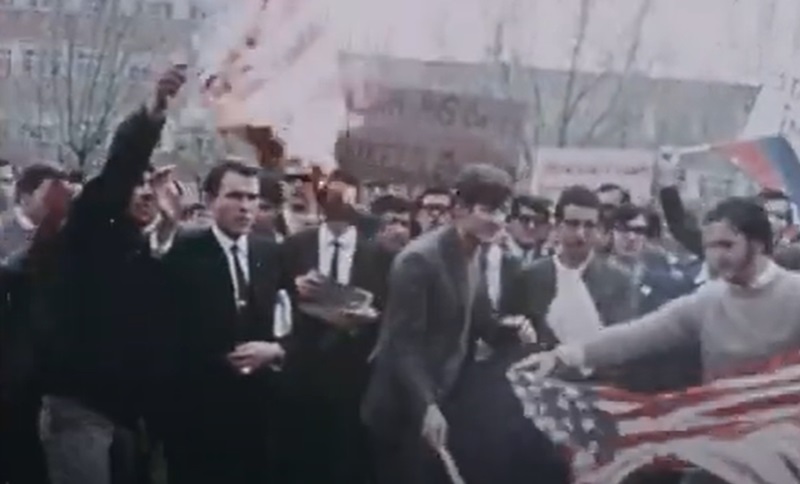
Labor strikes, war protests, civil rights marches, anti-police demonstrations, and now pro-Palestinian campus takeovers have been the subject of nightly news broadcasts since there were nightly news broadcasts. Tear gas, nightsticks, rubber bullets, and even gunfire characterized civil disturbances in recent decades, but the recent campus protests were met with a variety of responses by campus leaders and law enforcement.
It was those 1970’s campus riots that gave rise to colleges developing their own police agencies. From door shakers making sure that doors were locked after midnight and dorms were secure, to the modern campus law enforcement agencies of today that look more and more like city law enforcement departments, major incidents can overwhelm those campus agencies.
There have been a variety of responses to the protests. Brown University in Providence, RI negotiated with the protestors to stop the encampment of protestors by agreeing to consider divesting from Israeli corporations. Harvard threatened students with involuntary absences while hundreds of faculty urged negotiation. Efforts to negotiate with campus officials stalled at Columbia University before NYPD officers cleared the encampments. Washington, DC police initially declined George Washington University’s request to break up the protest. Metro officers were staged but were told to stand down, but eventually made 33 arrests and removed the encampment there. Most protestors left the encampment of the University of California when 100 LAPD officers closed the area in a 4 a.m. operation.
The word of the day when law enforcement decides to intervene in a protest is “optics”. What will this look like on the evening news, YouTube, TikTok, and X? What if a protestor resists and force is used? At what point will the police (inevitably) be sued for an alleged 1st Amendment or 4th Amendment Constitutional violation? The public must understand the dynamics of these situations.
For starters, college campuses are not, strictly speaking, public property. One’s presence on campus can be limited or denied, and in most places, police can require identification to be produced as they would at a public high school or a state park. Non-students have little or no inherent right to be present on school grounds and especially in buildings.
Secondly, students who attend the institution have agreed to maintain a certain level of civil conduct. When they violate that agreement, they cease to enjoy their student status and can be suspended, expelled, trespassed, or face other academic consequences. Students who damage property or interrupt or intimidate other students who have a right to undisturbed education can be criminally charged as well.
Thirdly, to imagine that well-informed students sprang into righteous action with no other recourse is pretty naive. There are many ways to create a great protest. One is to hire additional crowd members. The pay isn’t bad and they can put “part-time actor” or “promotions consultant” on their resume instead of “paid agitator”. Another is to finance the operation. Protestors need food, tents, signs, and T-shirts. This funding even made the Black Lives Matter Foundation sue one of its major contributors for siphoning off funds to divert to the pro-Palestinian protestors.
In addition to money and bodies, college students have the opportunity to further their education in agitation there are “how to protest” videos provided by various groups. Some of those videos are quite appropriate instruction on one’s 1st Amendment rights. Others teach how to passively resist arrest by going limp and engaging in non-compliance. Others are not quite so benign and can involve information on weapons like frozen water bottles, bleach-filled balloons, improvised explosives, and vulnerabilities of law enforcement protective gear and operations.
Without taking a side in the issues of the current protests (which have diminished because summer is nigh and the students are headed off to home or work) it is clear that the situation in the Middle East is complex with ancient roots. One wonders if most of the protestors could articulate anything other than a few chants and slogans. With all due respect to their rights and passion, the crowds have been manipulated – even duped – by outsiders with a clear agenda, and law enforcement gets caught in the middle.